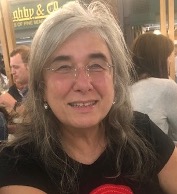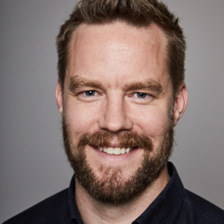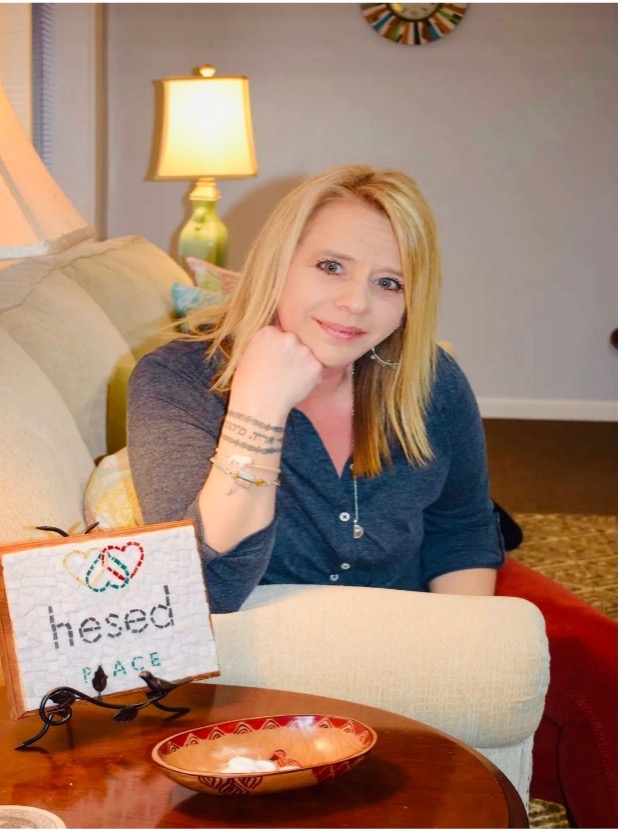World Day Against Trafficking of Persons is marked each year on July 30. Facilitated by the United Nations, this day aims to educate communities about trafficking of persons. Each year approximately 50, 000 victims of trafficking are identified, across almost 150 countries. However, given the hidden nature of the crime, it is likely there are many more victims. About half of victims are used in sexual exploitation and another 40% are used in forms of forced labour, with females making up most victims (United Nations Office on Drugs and Crime, 2021).
To mark this day we have sought contributions from ISSTD Members from around the world who provide some insights and updates on the issue.
Modern Slavery and Trafficking in the UK
By Valerie Sinason

As we have learned through the international Black Lives Matter campaigns, the human rights horrors of slavery are still a raw wound. The very idea that one human being could consider another human being was their chattel, their property, is an unspeakable pain. My friend, the late and luminous West Indian poet James Berry, would tell me, “Imagine that all the work your grandparents did, all the work your ancestors did, went to fill someone else’s coffers. You inherited nothing. And what is more your ancestors could be raped, tortured, beaten. Babies could be removed from their mothers, husbands and wives sold on.”
Around the world it is easier to think of slavery in ancient Greece and Rome than still within the living memory of descendants. So the concept of “modern slavery” was a needed term which was defined in the Modern Slavery Act of 2015 in the UK together with “human trafficking” under s2(1) of the Act.
The only difference between modern slavery and “old” slavery is that, shockingly, “old” slavery was legal until abolition came. However, the vulnerability of minorities, excluded groups, poor groups, refugee groups, takes away from the morality of the new act. Transporting people through deception, coercion, threat and controlling their lives and freedoms is widespread whether for enforced prostitution or domestic or agrarian servitude. Some cases serve to illustrate some examples of modern slavery in the UK.
Carla, aged 15, a young girl in a poverty-stricken family, was promised a modelling contract in the west and money for her family. Brought into prostitution without any friend or family member to aid her, with no English, and with threats of what would happen to her family if she ran away, kept her silenced. Her guilt at being part of a deception led her to appalling self-injury to punish the beauty of her face and body that had been tricked into such cruelty. It was a client who took pity on her and helped her to safety. She was still under the age of consent. Her captors knew her village very well and Carla was aware that in allowing her “john” to help her to safety she really had endangered the lives of her family.
Vihaan, aged 36 was virtually a slave in India in that he was a bond-slave to a loan made by his grandfather to their cruel Landlord. When the Landlord died, the son who “inherited” him forced him to England to work in captivity on his remote farm to continue repaying this mythic loan. He was given no money, cast off clothes and the most basic diet which left him malnourished. It was a sharp-eyed vet who was called to the farm to examine some animals who noticed him, terrified and ragged, trying to hide his face.
Every age, sex, culture, belief system is involved.
Sexual Exploitation of Children in Australia’s Out-of-Home-Care System
By Michael Salter

The sexual exploitation of children in Australia’s out-of-home care system has been occurring without generating much in the way of national attention or outrage. In 2008, after a three-year inquiry into the abuse of children in state care in South Australia, Commissioner Mullighan referred to his personal shock at what he had uncovered on the very first page of his report:
“I was not prepared for the horror of the sexual cruelty and exploitation of little children and vulnerable young people in State care by people in positions of trust and responsibility, or the use of them at paedophile parties for sexual gratification, facilitated by the supply of drugs and alcohol.”
Despite Mullighan’s careful documentation of networks of men who preyed on children in the state care system, children have continued to go “missing from care” (frequently, a euphemism for sexual exploitation) at a significant rate across all states and territories.
This year, an inquiry by the Victorian Commission for Children and Young People found that children who abscond from residential units are often exposed to sexual and criminal exploitation, only to be blamed for their own abuse by social workers, residential service providers and law enforcement as “streetwise” or “troublemakers”.
Residential units typically house the most traumatised and vulnerable young people who have not found a place in kinship or foster care. The process can result in young children sharing a space with other children with violent or challenging behaviours, alongside high staff turnover and a reliance on casual staff.
Many young people in residential units feel alone, unsafe and uncared for, and are vulnerable to sexual predators who promise attention, affection, money and access to alcohol or drugs. Commissioner Liana Buchanan remarked that “the kind of environment that we have in residential care is the complete opposite for what many of these children need which is a really stable, safe, therapeutic environment.”
The inquiry makes a number of recommendations, including the development of a new model of residential care, and reform of the current model of care, in order to meet the needs of young people for attachment and connection. Recommended reforms to the current model include a renewed commitment to addressing child sexual exploitation, and the promotion of a safeguarding approach to children and young people when they are absent or missing from care.
The Symptomatic Nature of Human Trafficking
By Amy C. Bradley

Combatting global human trafficking commands effort and seems quite formidable considering it has become the second most profitable international crime next to drug trafficking. The topic of sexual exploitation dominates the anti-trafficking movement, and rightly so. There is more to understand, though, when it comes to the distortions of human nature used against those who are exploited in this way.
Human trafficking is defined as the use of force, fraud, or coercion to obtain some type of labor or commercial sex act. The execution of such entrapment originates in a variety of ways. We may be most familiar with the cliché “sex for sale” script associated with the industry. However, there is a less recognized and covert perspective on sex trafficking that serves as an outer component of more malicious, organized abuse.
One nuance of human trafficking important to understand is the use of strategic, premeditated and generational abuse. This reality should be considered when recognizing human trafficking, as well as the reasons behind why malicious family planning would be useful in any culture.
Consideration of generational abuse and the foundation abusive family networks lay for the implementation of trafficking for other purposes is important as well. Some examples might be elevation of family status in trauma-based and fraternal groups, funding of political parties, pornography rings, progression within the entertainment industry and multipurpose channelling of illegal activities. Might the underlying organized cause of conceiving and raising children in a structured environment of complex trauma set them up as pawns for trafficking channels? Yes.
People who have developed through prolific complex trauma often live out of a distorted sense of self. Alterations of attention and consciousness are often present, and regulation of emotions and impulses are difficult. Trauma bonding is often a way of life and perceptions of relationships with abusers are skewed. Dissociation and intentional sex programming (including other skillsets) of fragmented parts begin early in life. The effects of complex trauma on the person’s ability to self-regulate, both psychologically and somatically, are used in strategic ways to maintain entrapment, assure compliance, and maximize the use of a human being as a commodity.
What must we understand as we recognize the role of complex trauma as it relates to human trafficking?
- Complex trauma is used against personhood in order to deconstruct humanity, often with a malicious goal in mind. Human trafficking of individuals is often planned in families and carried out by covert organizations.
- Organized abuse exists and is all around us. There is usually more to the story. “Hiding in plain view” is an effective tactic for carrying out lucrative crimes against humanity, such as human trafficking.
- Recognizing human trafficking as a common symptom of other underlying abuses will help in efforts as we come alongside survivors in their growth and healing reconstruction of their wellbeing.
Clearly, victims of human trafficking have no voice in the midst of the crimes used against them. The privilege we have as an organization (ISSTD) includes raising awareness and developing strategies to approach lesser known and rarely understood global patterns of atrocity against humanity. Recognizing the role complex trauma and premeditated, organized abuse plays in the orchestration of industries such as human trafficking is one way we can progressively assist in gaining a voice for those who cannot yet speak.
References
Commission for Children and Young People (2021). Out of sight: systemic inquiry into children and young people who are absent or missing from residential care, Melbourne, Australia.
United Nations Office on Drugs and Crime ( 2021) Human Trafficking FAQs. Retrieved from: https://www.unodc.org/unodc/en/human-trafficking/faqs.html (28.8.21)

